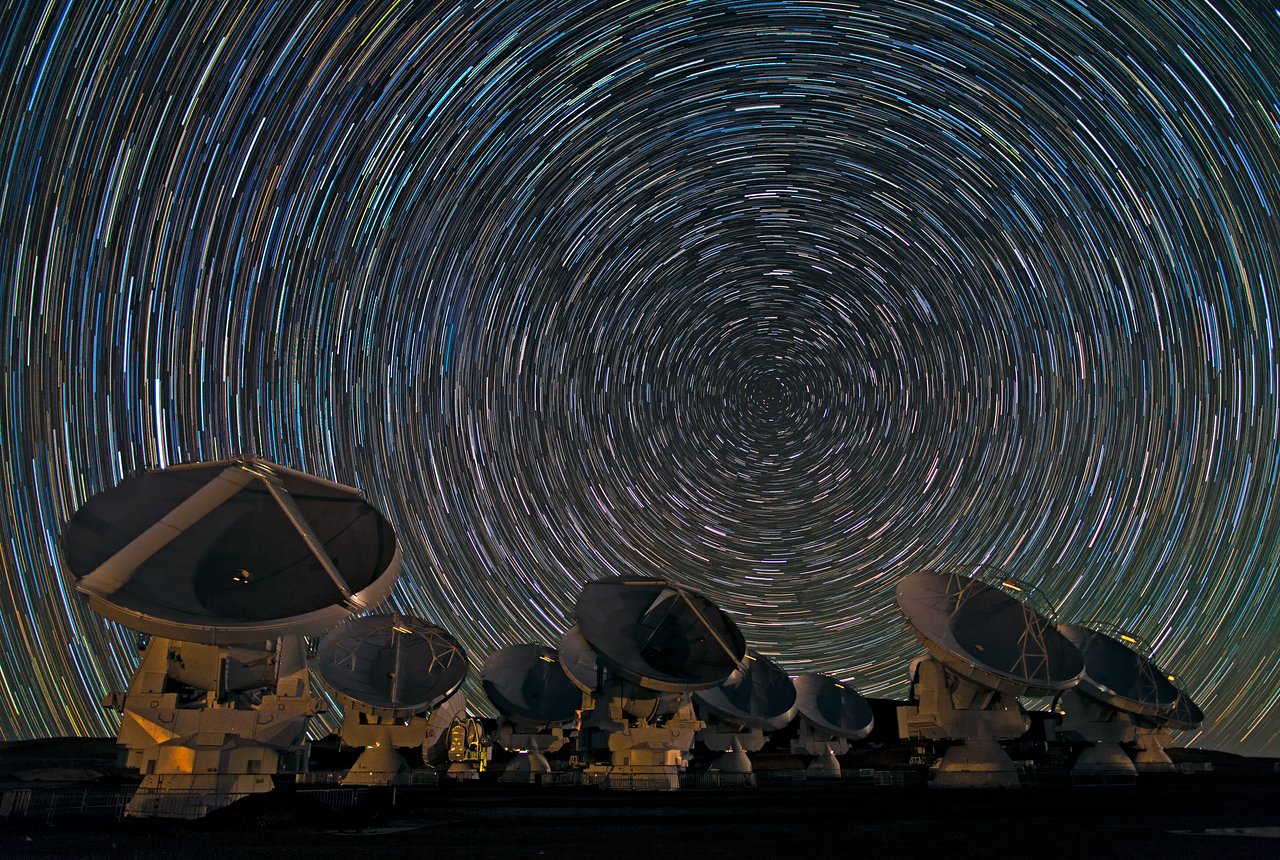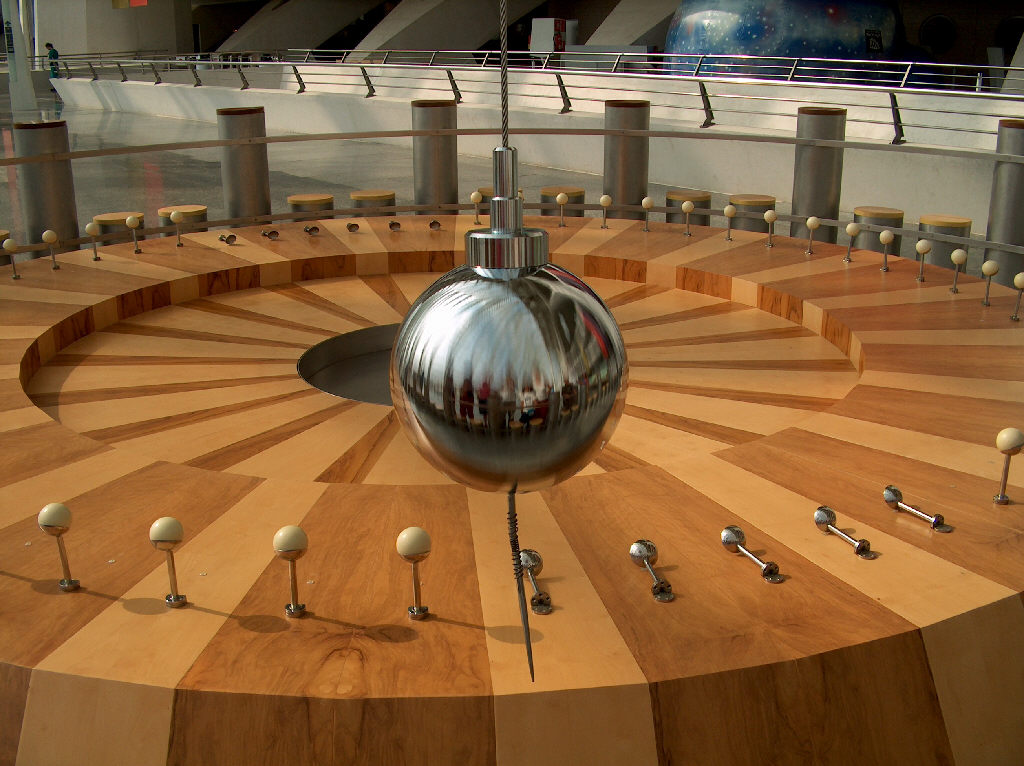Relativity: the oldest physics principle that’s still correct
Travel the universe with Dr. Ethan Siegel as he answers the biggest questions of all
When most people think of the term relativity, the first person who comes to mind is Albert Einstein. Indeed, Einstein’s two theories of relativity — the special theory of relativity, put forth in 1905, and the general theory of relativity, put forth a decade later in 1915 — represent a revolutionary way of viewing our Universe. Prior to Einstein, it was thought that both space and time were absolute quantities: the same for all observers, regardless of their location or of their motion through the Universe. It was thought that the amount of time that passed for anyone, anywhere, would be universally agreed upon, as would the distance between any two points or the physical size of solid objects. Only with the arrival of Einstein was it recognized that even quantities such as space and time weren’t absolute at all, but were instead experienced relative to the observer’s point of view.
Featured Videos
Visit Advertiser websiteGO TO PAGE
But Einstein didn’t originate the concept of relativity at all. In fact, relativity can trace its origins back to nearly 400 years ago: when it was put forth by a scientist who obsessively studied the behavior of objects that moved long before even Newton’s laws of motion: Galileo Galilei. Relativity wasn’t about space or time when it was considered by Galileo, but instead about a much simpler concept: the detectability of motion. What was the difference between the two scenarios of:
- someone who was in a closed room, with no window to the outside, that was absolutely stationary with respect to everything around them,
- versus someone who was in an identical closed room, with no window to the outside, that was in constant, unchanging motion in some direction relative to the outside world?
Galileo’s great realization, encapsulated in the principle of relativity, is that there was no difference at all. This core principle of physics, first written down in 1632, remains unchanged, even to the present day.

Are these men on a train that’s stationary and at rest? Or is the train in constant motion relative to the outside world? If not for the sounds and vibrations of the train along the track, and the cues of the outside world seen through the windows, there would be no way for them to know, and no experiment they could perform inside the train car that would tell them. This is the key behind Galilean relativity.
Galileo’s thought process that led him to the principle of relativity was remarkable, yet simple at the same time. Galileo made many inquiries into motion over his life. His most famous discoveries were arguably astronomical, relating to the motions of objects in the heavens. He was familiar with the ideas of Copernicus, and was partial to the notion of a heliocentric Solar System, where Earth was just one of several ordinary planets — along with Mercury, Venus, Mars, Jupiter, and Saturn — that all orbited the Sun. When it came to the daily motion of the objects in Earth’s sky, however, Galileo noted that there were two possible explanations for why the Sun always appeared to rise in the east, pass overhead, and then set in the west, consistent with the observations that the planets, our Moon, the stars, as well as the entire night sky appeared to rotate about Earth’s north celestial pole.
- It was possible that the entirety of the heavens — along with all of the objects that were in it — were rotating overhead, while the Earth remained stationary beneath it.
- But it was also possible that the heavens themselves were stationary, and that it was actually planet Earth itself that was in motion: rotating about its axis, which gave the appearance of a “rotating sky” to an observer here on Earth.
Galileo noted that there was no experiment that one could reasonably perform here on Earth that would allow someone on the Earth to tell these two scenarios apart. Whether the Earth itself was stationary or whether the planet itself was spinning on its axis, rapidly, completing a full rotation once-per-day, was not something that someone on the Earth was capable of discerning by simply being here on the Earth itself.

Above the central array of the Atacama Large Millimetre/Submillimetre Array (ALMA), the southern celestial pole can be pinpointed as the point about which the other stars all appear to rotate. The length of the streaks in the sky can be used to infer the duration of this long-exposure photograph, as a 360 degree arc would correspond to a full 24 hours of rotation. This observed phenomenon could, in principle, be due either to the rotation of the heavens or to the rotation of the Earth.
Consider, for example, the popular, legendary (and perhaps apocryphal) experiment performed by Galileo: dropping balls off of the Leaning Tower of Pisa. If the Earth were stationary, it’s easy to predict what would happen. Galileo stands atop the tower, holding a ball, while the tower stands, unmoving, upon the stationary Earth. When Galileo drops the ball, it simply falls straight down, in a straight line, with its horizontal position never deviating from its initial location above the ground; only its vertical position would change as Galileo releases it, and gravity pulls it down.
But, now, what would happen if the Earth were rotating?
You might think that, if the Earth were spinning about its axis, that when Galileo dropped this ball, the ball would then be in free-fall, while the tower — anchored into the Earth — would rotate along with the Earth itself. If this occurred, perhaps:
- the ball would fall straight down, in a straight line, toward the center of the Earth,
- while the tower would continue rotating along with the Earth itself,
- which would result in the ball appearing to “separate” from the tower at the rate of Earth’s rotation.
Noting that the Earth was a sphere about 40,000 kilometers in circumference, that it rotated once every 24 hours, and that Pisa, where the tower was located, was roughly halfway between the equator and the North Pole, it’s fairly easy to calculate that the tower itself is in motion at around 330 meters-per-second relative to the center of the Earth. Since it takes a ball dropped from the (55-meter-tall) tower a little more than 3 seconds to hit the ground, the fact that the ball appears to fall straight down, rather than winding up over 1000 meters away, you might be tempted to conclude that this experiment proved that the Earth wasn’t rotating.

This Foucault pendulum, on display in action at the Ciudad de las Artes y de las Ciencias de Valencia in Spain, rotates substantially over the course of a day, knocking down various pegs (shown on the floor) as it swings and the Earth rotates. This demonstration, which makes the rotation of the Earth very clear, was only concocted in the 19th century: more than 200 years after the death of Galileo.
Many of Galileo’s contemporaries thought in precisely this fashion. Knowing that the Earth was a sphere with a well-measured circumference, they could calculate what rate the planet — and hence, everything on it — would be moving at if we were, in fact, spinning about our axis. They reasoned that once Galileo released that ball, the ball would be compelled to fall down to the surface of the Earth: straight down, and therefore the rotating Earth should carry the tower away from the ball. Since this wasn’t observed, that implied (to them) that the Earth couldn’t be rotating.
But Galileo thought about things differently: in relative terms to one another. Sure, the tower might be moving at around 330 meters-per-second relative to the center of the Earth, but so was everything else in this problem:
- the ground of Pisa itself,
- the tower,
- Galileo, standing atop the tower,
- the surrounding atmospheric air,
- and the ball in Galileo’s hand.
When Galileo releases this ball, it keeps its memory of that original motion across the surface of the Earth; nothing impacts or changes it when Galileo releases it, and so it doesn’t “separate” from the tower at all. Instead, it simply falls straight down. In fact, the only difference that could potentially be detected would be the fact that, since it’s anchored into the rotating Earth, the “top” of the tower moves slightly faster than the “bottom” of the tower, as it traces out a slightly greater-circumference circle around the Earth as the Earth rotates. The relative motion of the ball, once dropped, with respect to the bottom of the tower would be tiny — about 1.5 millimeters, total — or small enough that it would be unmeasurable with the technology available to Galileo at the time.



